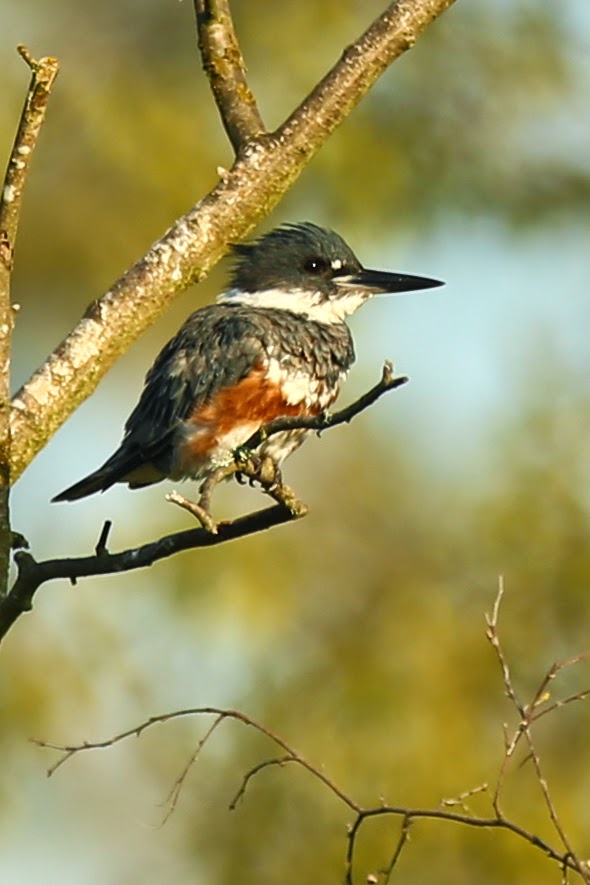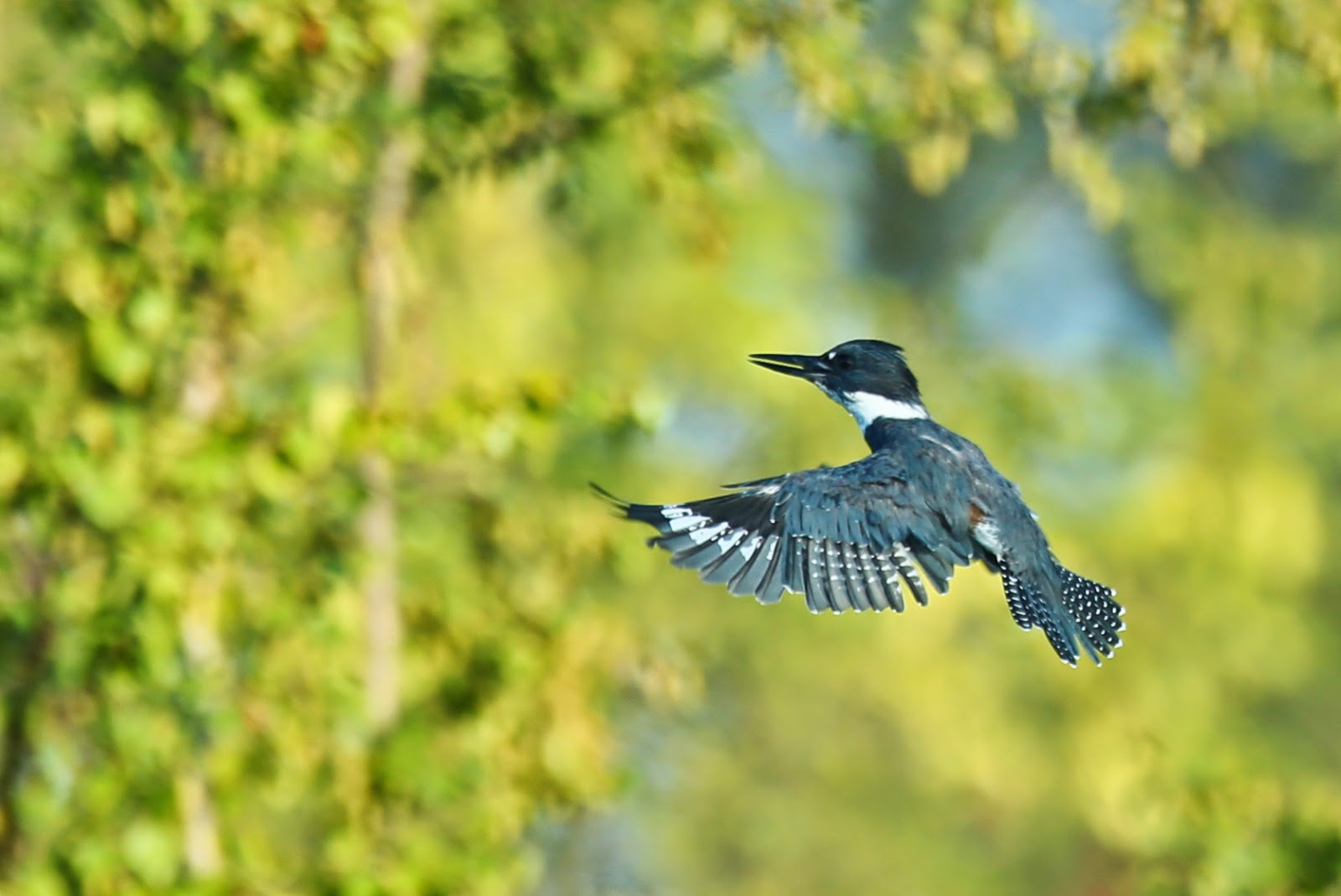(Thank you to Roy, a horticulturist in the Arboretum, who identified the Twinberry.)
A closer look makes it easy to see how the plant gets its name. The USDA fact sheet shows that the Black Twinberry is widely distributed. It ranges from Alaska to New Mexico to the Atlantic coast of Canada. It also mentions how hummingbirds love the nectar and the berries are eaten by a variety of native birds and mammals.
The most surprising comments on the fact sheet relate to whether the plant is, or is not, good to eat. The sheet states,
"Ethnobotanic – Reports on the fruit vary from poisonous, to mildly toxic, to bitter and unpalatable, to edible and useful as food, depending on tribe, region or publication. The berry was used as a source of dye. Medicinal uses were many and varied among tribes. These included the leaves, berries or bark as a decoction, infusion, or poultice for sores, body cleansing, swellings, dandruff, wounds, infections, sore throats, paralysis, coughs, burns, itches, venereal diseases, boils, stomach troubles, pains of the legs or feet, arthritis, and sore eyes. Sometimes the leaves or bark were simply chewed for treating ailments or used as a ceremonial emetic (i.e. to induce vomiting)."
I am considering planting one in my yard.
However, I think I will leave the nectar and the berries for the birds.
Surprisingly, this Black-Capped Chickadee appears to like the flowers just as much as the Hummingbird, even though the Chickadee is not well equipped to extract the nectar.
The Chickadee is, however, very persistent.
The hummingbirds can be a bit territorial.
Sometimes they chase the chickadees away, who then must settle for less appealing sites.
When the hummingbirds are full (and feeling fully in control) they often retire to a willow branch, just above the Twinberry, to do a little feather maintenance.
The upper parts of the willow attract other birds as well.
Did you notice how carefully the bird observes the wasp?
Even when the wasp flies almost directly over head it is carefully monitored.
I believe this little bird is a Pacific-Slope Flycatcher, even though it chose not to catch the wasp. It almost seemed like the wasp was teasing the Flycatcher.
Two days later a hummingbird was spotted on a nearby branch behaving a bit like the flycatcher. It was tracking something to its right side.
A moment later it was tracking to the left. The lack of dark feathers around the neck and head makes one think this might be a juvenile bird.
Suddenly it turns as another hummingbird comes into view.
The dark feathers on the neck of the second bird seem to imply it is an adult.
The younger bird flutters its wings, maybe the second bird was a parent trying to tease or entice the juvenile bird to fly.
Just across the water, on the southeast tip of Nest Egg Island, a Kingfisher perches in the early morning light.
The female bird (the burnt orange stripe indicates it is a female) stretches its wings before diving straight towards the camera. The rapid change in distance is too fast for the camera to track and keep in focus.
But a moment later, after a small splash, the Kingfisher returns.
As she lands on the same perch it is obvious there is no fish in her beak.
Certainly she did not carry a fish in her tiny little talons. She must have missed her mark.
Somehow, just 3 seconds later, this fish appears. Evidently she caught it and kept it half swallowed as she flew back to the perch. Once back in her comfort zone she decided to bring it up and turn it around before finishing her meal.
In another few seconds the fish is gone and the Kingfisher is shaking off the water, like a dog after a bath.
Even though the Kingfisher is larger than the Hummingbird and the Flycatcher, it also keeps an eye on the sky. One reason why can be seen in the previous post.
Can you identify this bird?
It seems a bit nervous as it twists and turns.
It makes one wonder...
...if it was afraid of the smaller Kingfisher attacking from the backside.
Ultimately the young Green Heron decided this hunting spot was a bit too elevated for its tastes.
Note: The stripes along the neck identify this as a juvenile. To compare it to an adult's neck you may want to check out the Shape Shifting post from last year.
Have a great day on Union Bay…where nature lives in the city!
Larry


















































